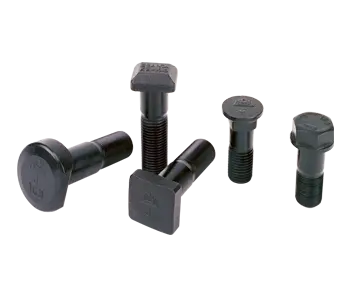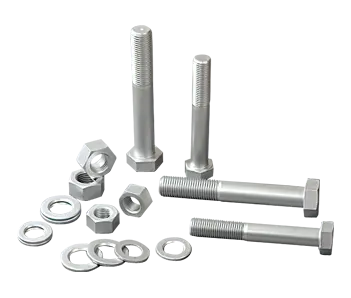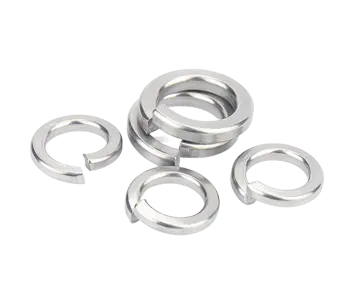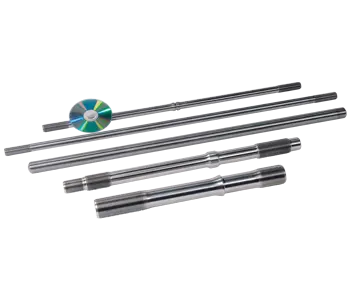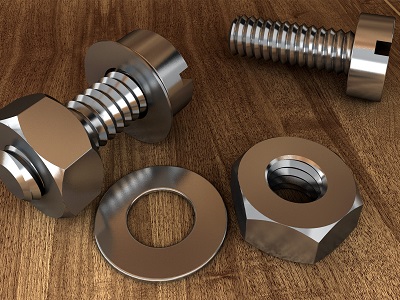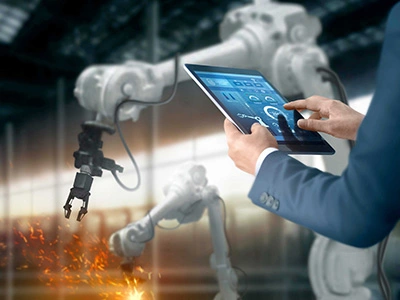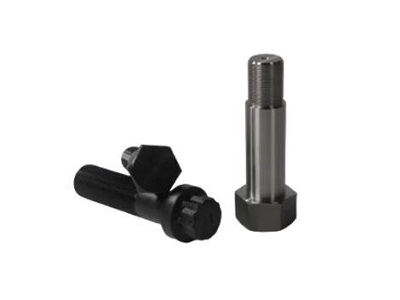
With the strong development of new energy vehicles. Global auto manufacturers are also fully transforming to new energy vehicles, and auto parts manufacturers are no exception. Therefore, many auto parts enterprises are trying to improve technology to meet the needs of auto manufacturers.
There are many types and quantities of automobile fasteners, including bolts, studs, screws, washers, retaining rings, pins, rivets, welding nails, assemblies and connectors.
It is understood that each car needs 2000~3000 fasteners. The design of pure electric vehicles is different from that of engine vehicles. The function of fasteners needs to be further improved, and lightweight is one of them. For example, the "GIZATITE" screw was developed to adapt to new energy vehicles. The screw tooth is full of grooves. When you screw the screw into the component, the object material will deform like clay and embed between the grooves. Moreover, the cross section of the screw tooth is an asymmetrical triangle, which is not easy to loosen and fall off. This screw is suitable for the installation of small components such as sensors because it does not need nuts and can firmly connect components in a narrow space.
In addition to working hard on the structure of the screw, the parts manufacturers also transform from the material. In order to improve the "power consumption" of pure electric vehicles, it is necessary to reduce the weight of the vehicle. Therefore, a large number of materials lighter than iron and other materials need to be used for parts, such as resin, aluminum screws that can replace iron products, magnesium aluminum alloy and other lightweight materials. However, the serious potential difference between steel and magnesium aluminum alloy will lead to serious electrolytic corrosion, and the large difference in thermal expansion coefficient between steel and magnesium aluminum alloy will also lead to serious changes in preload, resulting in obvious relaxation at the joint. The use of aluminum alloy fasteners with high tensile strength can overcome these problems.
Under the trend of vehicle lightweight, the powertrain system is facing the requirements of increasing power density on the one hand, and increasingly stringent emission requirements on the other hand. High power density will inevitably lead to pressure increase, temperature rise and load increase, while strict emission standards require weight reduction and internal friction reduction. In the connection design of bolts/studs for new energy vehicles, the designer should not only fully consider the size, material, tolerance grade, mechanical properties, etc. of bolts, but also fully consider the application environment of bolts, such as temperature (high/low temperature), vibration, cold and hot alternation, corrosivity and other environmental factors. Due to the particularity of its environment and the sealing problem between connectors, the exhaust system has always been a design problem in the R&D process of automobile manufacturers. Therefore, the research and development of high-strength bolts and heat-resistant bolts under high temperature environment came into being.
